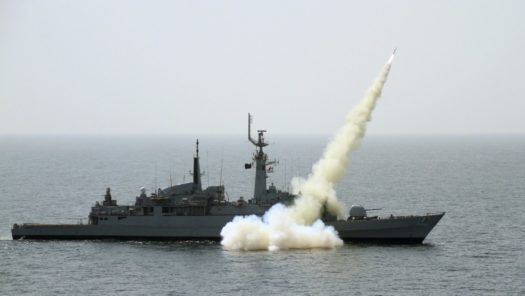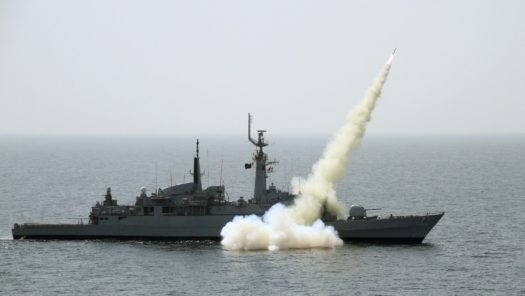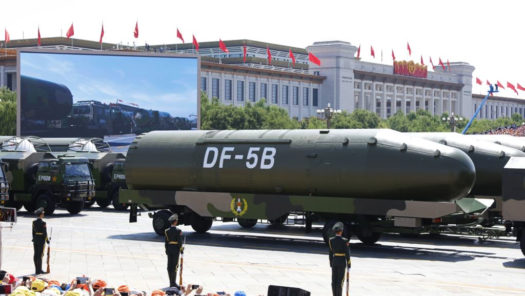MIRVs
Return to article
India and Pakistan’s Development of Drones: Implications for Strategic Stability
On 23 August, 2024, a small Indian drone was spotted across the Line of Control in the airspace over Pakistan-administered Kashmir, a reminder of the ever-present tensions between Islamabad and New Delhi. While Pakistan claims it shot down the drone,…

جوہری احتراز اور جنوبی ایشیا: نینا ٹینن والڈ کی تحریر ”عدم استعمال کے ۲۳ برس“ کا جائزہ
نینا ٹینن والڈ، اسٹمسن سینٹر کے لیے اپنے حالیہ تحقیقی مقالے میں جنوبی ایشیا میں غیر اعلانیہ جوہری احتراز یا جوہری ہتھیاروں کے استعمال میں پہل سے خود کو باز رکھنے کی روایت کا بصیرت آموز تجزیہ پیش کرتی ہیں۔…

The Nuclear Taboo & South Asia: Reviewing Nina Tannenwald’s “23 Years of Nonuse”
In her recent policy paper for the Stimson Center, Nina Tannenwald provides an insightful assessment of the nuclear taboo, or the normative inhibition against the first use of nuclear weapons, in South Asia. Coherently structured, the paper examines the nuclear behavior, pronouncements,…

بحری جوہری ڈیٹرنس کی پاکستانی جستجو کے پس پردہ تزویراتی تخمینے
بحری جہت، جنوبی ایشیا میں پاکستان و بھارت کے مابین جوہری ڈیٹرنس کے پلڑے میں ہونے والا حالیہ اضافہ ہے۔ گزشتہ تین دہائیوں کے دوران جہاں بھارت کے بحری جوہری منصوبے نے نمایاں پیشقدمی کی ہے، وہیں پاکستان کی سمندرسے…

Strategic Calculations Behind Pakistan’s Pursuit of Sea-Based Nuclear Deterrence
In South Asia, the maritime dimension is a recent development in the nuclear deterrent calculations between Pakistan and India. While India’s naval nuclear program has made significant strides in the past three decades, Pakistan’s sea-launched nuclear capability remains at a…

A Triangular MIRV Restraint Regime in Southern Asia
Introduction The advent of multiple independently targetable re-entry vehicles (MIRVs) in southern Asia can be quite consequential in terms of the unfolding triangular nuclear competition involving China, India, and Pakistan. The three nuclear-armed neighbors have demonstrated their MIRV capabilities, with…